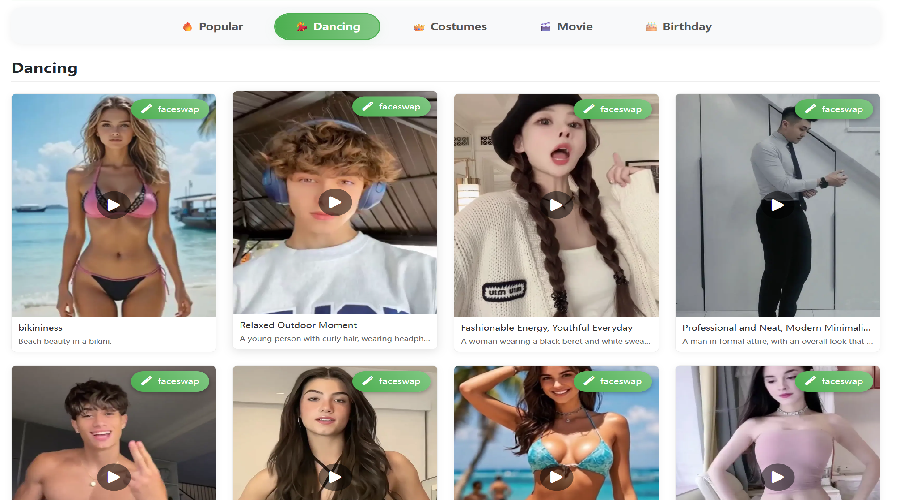The Art and Science of Face Vector Art
Introduction to Face Vector Art
Face vector art has revolutionized digital portraiture, offering scalable, crisp designs that maintain quality at any size. Unlike raster images, vector graphics use mathematical equations to create clean lines and shapes, making them ideal for logos, illustrations, and digital art. This technique is particularly powerful for facial representations, allowing artists to capture expressions with precision while enabling easy editing and customization.
At MediaAI's gallery, you can explore stunning examples of how vector art transforms ordinary portraits into timeless digital masterpieces. The technology combines artistic vision with mathematical precision, creating artwork that's equally suitable for small social media avatars or large-scale prints.
Key Advantages of Face Vector Art
1. Infinite Scalability Without Quality Loss
The primary benefit of face vector art lies in its resolution independence. Whether you're creating a tiny favicon or a billboard-sized print, vector faces maintain razor-sharp edges. This makes vector portraits perfect for:
- Brand logos featuring stylized faces
- App icons and UI elements
- Large format prints and signage
- Responsive web design elements
2. Precise Facial Feature Control
Vector tools allow millimeter-perfect adjustments to facial features. Artists can:
- Modify individual facial elements independently
- Create symmetrical designs using mirroring tools
- Adjust expressions by manipulating anchor points
- Experiment with infinite color variations
3. Efficient Editing and Style Consistency
Unlike photographic retouching, vector faces can be completely restyled with a few clicks. This efficiency is why many wedding photo stylists now incorporate vector techniques into their workflow. Global color changes, pattern fills, and style transfers become simple operations.
Creating Face Vector Art: Professional Techniques
1. From Photo to Vector: The Conversion Process
Modern tools like Adobe Illustrator and CorelDRAW offer automated tracing, but professional results require manual refinement. The optimal workflow includes:

- High-quality source image (minimum 300dpi)
- Careful layer organization for different facial features
- Strategic use of gradients and meshes for depth
- Custom brushes for hair and texture details
2. AI-Assisted Vectorization
Emerging AI tools can accelerate the vectorization process while preserving artistic control. Platforms like MediaAI's face swap technology demonstrate how machine learning can assist with initial vector path creation, which artists then refine.
Applications Across Industries
Face vector art finds diverse applications:
- Branding: Memorable mascots and logos
- Entertainment: Stylized character designs
- Education: Clear anatomical illustrations
- Advertising: Scalable campaign assets
For special occasions, services like Valentine's Day vector portraits have become increasingly popular gifts.
Future Trends and Innovations
The field continues evolving with:
- Real-time vectorization from video feeds
- 3D vector face modeling
- Dynamic vector faces that morph between expressions
- Blockchain-authenticated vector portraits
Conclusion: The Timeless Appeal of Vector Faces
Face vector art represents the perfect marriage of technology and creativity. As tools become more sophisticated and accessible, we're seeing an explosion of innovative applications across digital media. Whether you're a professional designer or just exploring digital art, mastering face vector techniques opens new creative possibilities.
For those interested in learning more, the AI Art Guide provides excellent resources on combining traditional vector techniques with modern AI assistance. The future of portrait art is undoubtedly vector-based, combining the precision of mathematics with the expressiveness of human creativity.